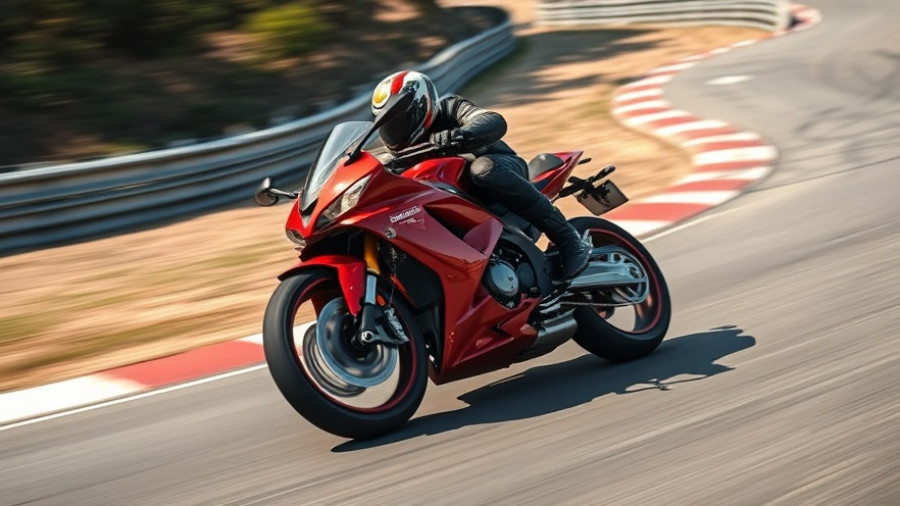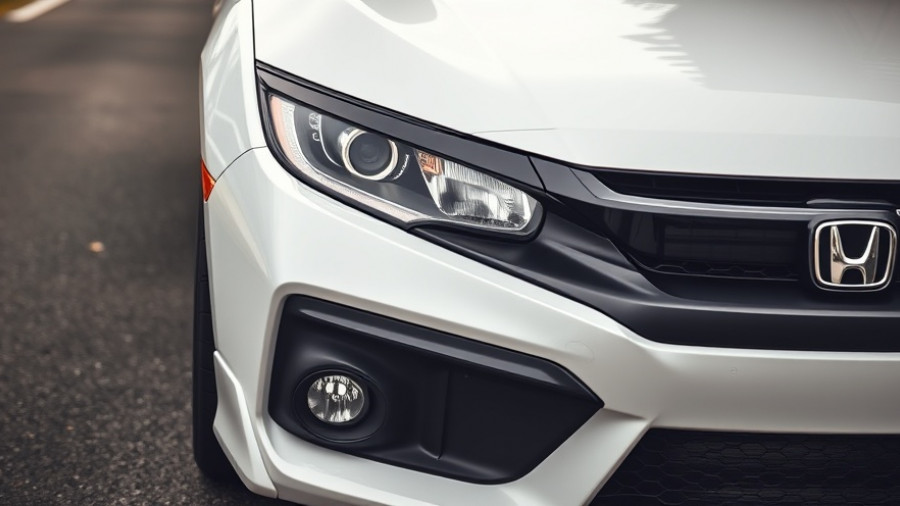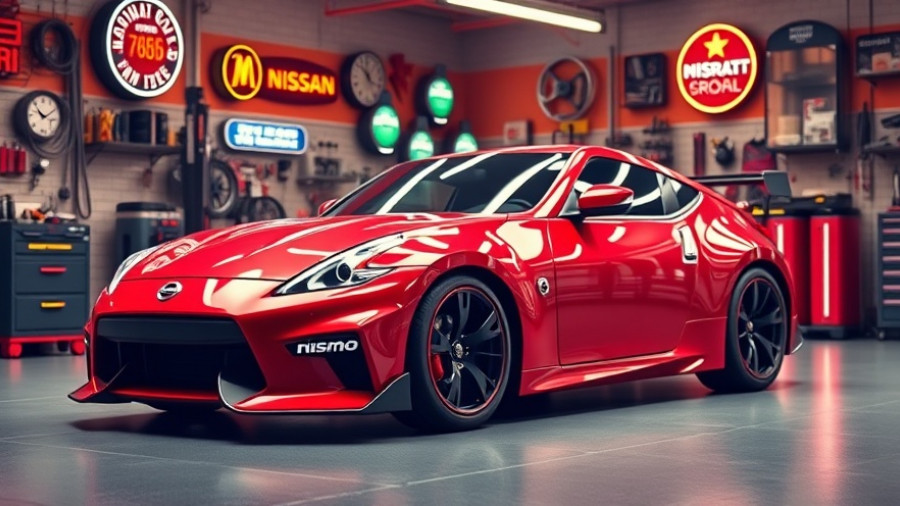
The Heartbeat of the Motorcycle: Legendary Engines Explained
Every motorcycle enthusiast knows that the engine is the beating heart of any bike. It is not just about the horsepower or torque; it's about the engineering marvel that allows humans to experience the thrill of the open road. Over the years, some engines have achieved legendary status, transcending their utilitarian purpose to become icons of performance and innovation. In this article, we dive into some of the most legendary motorcycle engines that every aficionado should know about.
Historical Context: Innovation Through the Decades
Since the dawn of motorcycles in the late 19th century, engine designs have evolved dramatically. From the early single-cylinder engines to sophisticated V-twins, motorcycling has seen an impressive array of innovations. The post-war era heralded an explosion of creativity, where manufacturers explored various cylinder configurations like V-four, boxer, and inline engines. For example, the Honda CB750 introduced in 1969 revolutionized motorcycle design by being the first truly accessible high-performance bike equipped with an inline-four engine, fundamentally changing the motorcycle landscape.
Racing Roots: Performance and Legacy
Many of the legendary engines we talk about today owe their heritage to racing. The iconic Ducati 916, with its thrilling V-twin engine, changed the racing game, bringing a combination of unparalleled power and aesthetic beauty to the track. Then there’s the Suzuki RG500, a square-four two-stroke marvel that showcased how engineering can push boundaries and deliver thrilling performance on both road and track. These engines didn't just power bikes; they defined a generation of racing.
Counterarguments: The Shift to Electric
As we celebrate these legendary engines, we must also consider the evolving landscape of motorcycle technology. The rise of electric motorcycles signals a new dawn, with companies like Harley-Davidson seeking to redefine their legacy through models like the LiveWire. While traditional enthusiasts may mourn the loss of the throaty growl of combustion engines, the advantages of electric motorcycles in terms of efficiency and technology can't be overlooked. Balancing nostalgia with innovation is a challenge that the industry faces head-on.
Engine Innovations: What Sets Them Apart
What truly sets these engines apart? It’s the blend of unique engineering solutions, aesthetic appeal, and the ability to adapt over time. For instance, the Matchless G50, representing the essence of simplicity and efficiency with its air-cooled single-cylinder engine, proves that sometimes less is more. Meanwhile, the more complex V4 engines from Honda, celebrated for their reliability and performance across various racing platforms, show that advanced engineering can yield remarkable results.
Future Predictions: What Lies Ahead for Motorcycle Engines?
The future of motorcycle engines lies in the balance between traditional combustion and electric efficiency. As more brands invest in hybrid models, we may see a rise in bikes that combine the best of both worlds. Moreover, continuous advancements in battery technology could lead to electric motors that rival traditional engines in both power and range, potentially changing perceptions among traditionalists.
Conclusion: The Legacy Lives On
Regardless of the direction the industry heads, the legendary motorcycles and their engines will continue to inspire and captivate riders. Understanding their history and engineering not only enriches our appreciation of these machines but also provides insights into the future of motorcycling. For motorcycle enthusiasts, each engine tells a story—one of innovation, challenge, and passion that every ride continues to uphold.
 Add Row
Add Row  Add
Add 




Write A Comment